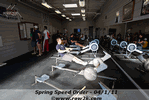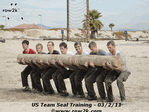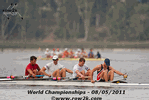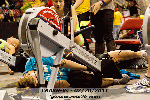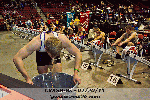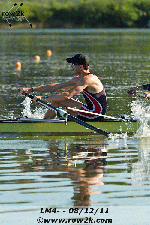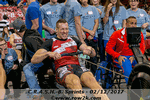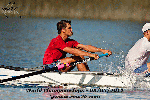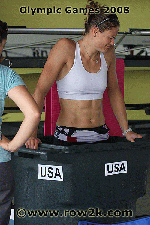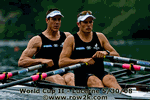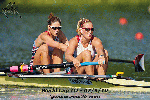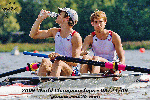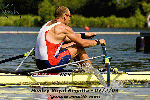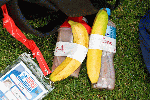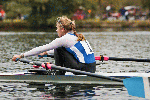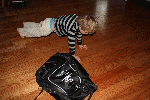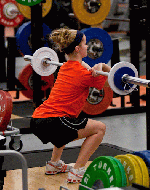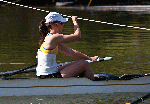Hydration and Training

Are you properly hydrated before, during, and after your training sessions? Do you have a hard time drinking enough plain water on a daily basis? Athletes must be diligent about hydration because they lose fluids through respiration, sweating, and excretion. Even mild dehydration can adversely affect performance. These basic guidelines will help you effectively monitor your hydration, and maximize your training and athletic performance.
For athletes, maintaining proper hydration is critical. Ideal hydration levels optimize heat dissipation, and help maintain blood plasma volume and cardiac output. By doing so, hydration reduces cardiovascular strain, and helps athletes maintain their training intensity for longer periods. Generally, you don’t feel ‘thirsty’ until your water loss reaches 1-2% of body mass. However, by this time, you’re already in an unrecognized state of dehydration or ‘hypodration,’ which can reduce training and competitive performance. Your heart rate and core body temperature becomes elevated, and you experience increased physiological strain. Athletes who train with heart rates will be able to observe this effect more clearly -- their base heart rates will be higher and consequently, their workloads will be reduced due to their hypodration. As you plan your hydration routine, also consider your environmental factors. During the cold winter months, relative humidity can be significantly lower than during other times of the year. In these circumstances, you may need to increase your fluid intake.
Proper pre-exercise hydration is essential for safe and effective training and competition. A few simple signs and strategies will keep you on track for your individual hydration needs. Ensure you’re voiding every 90 to 120 minutes, and that your urine’s no darker than the color of straw. If you’re supplementing with B vitamins, you may notice a bright yellow color to your urine immediately after ingesting your vitamins. This is the only time that darker colored urine may not indicate hypohydration.
Consistently tracking your pre-training body weight is another effective way to monitor your hydration status, assuming you’re at an ideal state. Drinking 500 -600ml (17 to 20 oz) of fluids 2-3 hours before training, provides enough time to void before a training session. Then, ensure you consume another 200-300ml (6 to 8 oz) of fluids before you begin your workout. Sufficient electrolyte intake will also help you retain and regain fluid-electrolyte balance after exercise-induced dehydration, which results from excessive sweating during your training. In addition, eat regular meals 24 hours before training or competition, as a large portion of water comes directly from your food -- especially from fruits and vegetables.
During training and competition, proper fluid consumption is critical for optimal athletic performance. Always ensure you have a sufficient supply of fluids available -- you’ll drink more and decrease the chance of becoming dehydrated, especially in workouts lasting 30 minutes or longer. To optimize gastric emptying, consuming 12 to 16 ounces at one time is ideal. However, for some sports, such as running, too much stomach fluid can be uncomfortable. Learn and monitor your individual sweating rates during training. Although it will take time and practice, it will help you hydrate at the correct rate, and prevent serious health problems related to both under and over-hydrating.
Post-training rehydration is also essential for proper recovery, especially for longer training sessions typical of rowing. For optimal rehydration, water alone may not be the ideal beverage as it can reduce osmolality (dilutes salt concentration in blood), while decreasing the drive to drink, and increasing urine output. Also, bear in mind that absorption rates are about the same for water and fluids with a 4-8% carbohydrate concentration -- making those drinks effective alternatives for rehydration. Fluids with electrolytes will also help your body retain fluids post-training. Consumption (or fluid intake) during a training session should exceed the amount of fluid lost by 1.5 times. Again, tracking your body weight just prior to and after training sessions will help you determine how much fluid to consume after your workout.
Each athlete has individual hydration needs for effective performance. Understanding and monitoring your personal hydration levels is an essential component of athletic training. Hydration is also a dynamic and on-going process. For optimal health and athletic performance, you need to plan and monitor your hydration levels not only immediately before, during and after your training, but also during the rest of your day -- including your meals. Following these basic but proven-effective hydration guidelines will help you train and recover properly, and meet your athletic goals.
If you enjoy and rely on row2k, we need your help to be able to keep doing all this. Though row2k sometimes looks like a big, outside-funded operation, it mainly runs on enthusiasm and grit. Help us keep it coming, thank you! Learn more.
Comments | Log in to comment |
There are no Comments yet
| |
- Bont Rowing
- Calm Waters Rowing
- Concept 2
- Craftsbury Sculling
- The Crew Classic
- CrewLAB
- Croker
- Dad Vail Regatta
- Durham Boat Co.
- Empacher
- Faster Masters
- Filippi
- Fluidesign
- h2row.net
- HUDSON
- Live2Row Studios
- Nielsen-Kellerman
- Oak Ridge RA
- Peinert Boat Works
- Pocock Racing Shells
- Race1 USA
- RowKraft
- Rubini Jewelers
- Vespoli USA
- WinTech Racing
- Bont Rowing
- Calm Waters Rowing
- Concept 2
- Craftsbury Sculling
- The Crew Classic
- CrewLAB
- Croker
- Dad Vail Regatta
- Durham Boat Co.
- Empacher
- Faster Masters
- Filippi
- Fluidesign
- h2row.net
- HUDSON
- Live2Row Studios
- Nielsen-Kellerman
- Oak Ridge RA
- Peinert Boat Works
- Pocock Racing Shells
- Race1 USA
- RowKraft
- Rubini Jewelers
- Vespoli USA
- WinTech Racing



